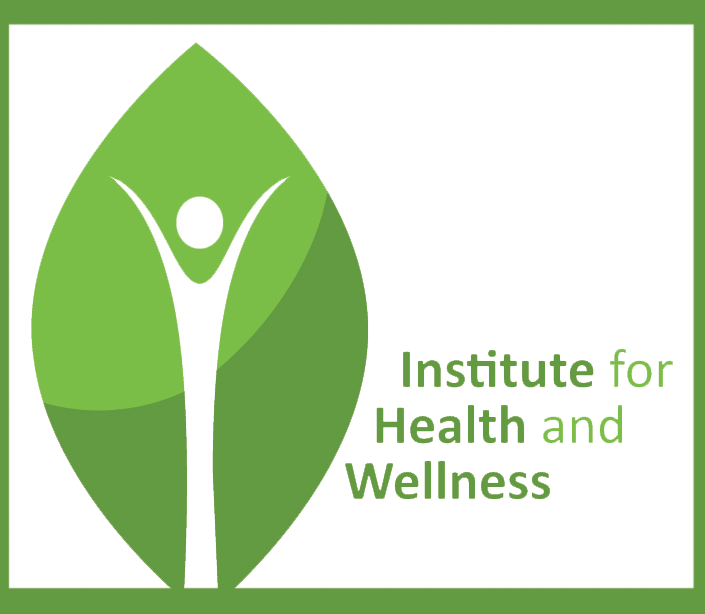Women’s Health: Female Hormones
In females, the ovaries produce the sex hormones: three estrogen hormones – estrone, estradiol and estriol, progesterone and testosterone in small amounts. When the ovaries begin to function, a female will develop her secondary sex characteristics and her menstrual life will begin. This is called puberty and usually occurs at 10-15 years of age. Menopause occurs around age 50 and is defined when the ovaries and monthly menstrual cycles stop functioning.
In a perfect world, a woman has a 28 day menstrual cycle. Her ovaries gradually begin to produce increasing amounts of the estrogen hormones, starting on the first day of her menstrual cycle. During the first two weeks of her menstrual cycle, estrogen hormones stimulate the growth of tissue along the inner lining of the uterus, also known as the endometrial lining. This is termed the proliferative stage because the estrogen hormones are stimulating growth of the endometrial lining.
Midway through her menstrual cycle (around day 14), one of her two ovaries will produce an egg, a process known as ovulation. The egg lives for one day only. After the occurrence of ovulation, the area on the ovary from which the egg was derived will start producing progesterone and a small amount of testosterone. Progesterone and testosterone, both of which peak at ovulation, stimulate a woman’s desire for sexual relations. The body temperature rises at this time. Like all mammals when they ovulate, a woman is in “heat”. This occurrence in woman’s menstrual cycle is termed estrus. During estrus, women produce pheromones, attracting men who desire to reproduce their species.
Progesterone means “promoting gestation” or promoting pregnancy. Progesterone matures the tissue of the endometrial lining and prepares it for a potential pregnancy. If the egg fails to be fertilized and no pregnancy occurs, then the production of the progesterone falls dramatically at the end of the 28 day menstrual cycle, causing a sloughing of the endometrial lining and facilitating a period. This cycle repeats itself over and over again during a woman’s menstrual life, which extends from the onset of puberty to menopause.
Female hormonal balance, between the estrogen hormones and progesterone, is essential for women to obtain and maintain health and wellness. The three human estrogen hormones have numerous effects on the body, requiring the balancing effects of progesterone. Progesterone helps to prevent the hyper-effects of estrogen dominance which may lead to numerous health problems. Good health occurs when the hormones are produced in adequate amounts and are in balance. Think of this as hormonal harmony, as if the hormones are a symphony orchestra. If one section of the orchestra, say the brass section, is too loud, then this will drown out the other sections of the orchestra and ruin the symphony.
Unbalanced estrogen hormones may have the following effects in the body:
- Stimulates growth of the lining of the womb or uterus
- Causes breast tissue to develop and grow
- Promotes fat storage and weight gain
- Promotes fluid retention
- Causes thickening of the blood
- Decreases bone loss, but does not stimulate new bone growth
- Increases emotional sensitivity
- Activates progesterone receptors
- Inhibits sex drive
- Stimulates the production of thyroid binding globulin by the liver, inhibiting the action of the thyroid hormones
Progesterone has the following effects which balances the estrogen hormones:
- Matures the uterine lining, preventing excess buildup of tissue
- Inhibits breast tissue overgrowth, preventing fibrocystic breast disease
- Has a diuretic effect which mobilizes fluid, decreasing swelling
- Enhances the action of thyroid hormones, increasing metabolism
- Stimulates the production of new bone, protecting against osteoporosis
- Increases the sex drive
- Protects against breast cancer and uterine cancer
- Thins the blood, preventing blood clots
- Supports the function of the adrenal glands
- Elevates mood
- Promotes pregnancy
A woman’s ovaries generally function best a few years after puberty up until about age 30. As a woman ages, so do her ovaries. By the time a woman reaches 35 years of age, she is over halfway through her menstrual life and her ovarian function begins to falter. The progesterone hormone production falls most dramatically over the last half of her menstrual life, between the ages of 35 and 50. This decline in progesterone occurs for two reasons. Firstly, the ovaries are aging and functioning less effectively than they did earlier in life. Secondly, as a woman ages she begins to have menstrual cycles during which her ovaries do not release an egg. This is called an anovulatory cycle. When a woman does not ovulate during a menstrual cycle, her ovaries will produce no progesterone. These are the causes of “progesterone deficiency”. In these cases, the hormones that have the greatest influence in a woman’s body are the estrogen hormones. When this occurs, a woman will experience estrogen dominance. Her female hormones are imbalanced in favor of the estrogen hormones. Many women have experienced estrogen dominance since puberty. In most women, this condition develops as they move through their menstrual lives.
As a woman approaches and enters the change of life known as menopause, she may begin to experience the symptoms of declining estrogen hormones manifested by hot flashes and vaginal dryness. By this time progesterone is no longer being produced by the ovaries. Even though she has symptoms of declining estrogen, a woman still has estrogen dominance because there is no progesterone to balance the lower levels of estrogen. When a woman enters menopause, her ovaries no longer function. Yet, she still makes approximately 50% more estrogen hormones, primarily estrone, in her fat cells than what she made premenstrually.
Depending on the degree of progesterone deficiency, estrogen dominance may manifest itself with one, some, or all of the following hyper-effects:
- Premenstrual breast tenderness
- Premenstrual mood swings, irritability, depression
- Premenstrual fluid retention and weight gain
- Premenstrual headaches, including migraines
- Heavier periods, often associated with clotting
- Irregular menstrual cycles
- Menstrual cramping
- Fibrocystic breast disease
- Uterine fibroids
- Loss of sexual desires
- Anxiety and panic attacks
- Infertility
- Insomnia and restless sleep
- Bone loss, osteopenia and osteoporosis
- Adrenal gland fatigue
- Autoimmune disorders
- Triggering of allergies associated with frequent respiratory illnesses
- Urinary frequency
- Easy loss of urine when coughing, laughing or sneezing
- Recurrent bladder infections
- Frequent headaches, including migraines, throughout the month
- Dry eyes
- Increase in body fat
- Sagging skin and wrinkles
- Decreased mental sharpness
- Gall Bladder Disease
- Polycystic Ovaries
- Elevated cholesterol
- Elevated blood pressure
- Breast cancer
- Cancer of the uterus
- Hypothyroidism
Many of these symptoms and conditions commonly occur in women of all ages. They may be common, but they are not normal. These symptoms are an indication of declining ovarian function, which leads to an inevitable deterioration in health as women age. As women age, they must preserve female hormonal balance as soon as the presence of its symptoms occur in order to obtain and maintain health and wellness.
Not only the uterus, but every cell in a woman’s body has specific estrogen, progesterone, and testosterone receptors which require a supply of that particular hormone in order to live and function. Most importantly, the sex hormones affect the brain by stimulating the production of neurotransmitters, neuro-chemicals and neuro-hormones, which enable a woman to think clearly and have elevated moods. When the sex hormones decline, become imbalanced or are no longer produced, brain function deteriorates. This is characterized by a decrease in mental sharpness, inability to focus, poor short term memory, “brain fog”, mood swings, irritability, depression and anxiety.
This is why it is so important to supplement women with biologically identical progesterone when indicated for premenstrual and menopausal symptoms.
Although progesterone and estrogen are the two dominant hormones that women produce, remember that women also produce small doses of testosterone. For women, the production of testosterone peaks at ovulation in order to stimulate a woman’s desire for sexual relations.
Testosterone has the following effects on the body:
- Relieves panic or anxiety attacks
- Gives a sense of well being
- Decreases body fat and cholesterol
- Increases and enhances libido
- Increases muscle tone (bladder, heart, etc.) and bone mass
- Enhances cognitive thinking and math ability
- Converts inactive thyroid (T4) to active thyroid (T3)


